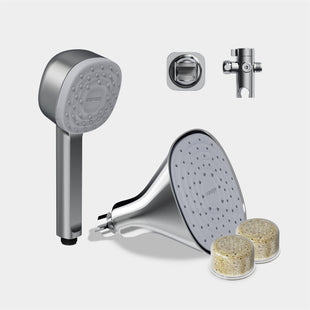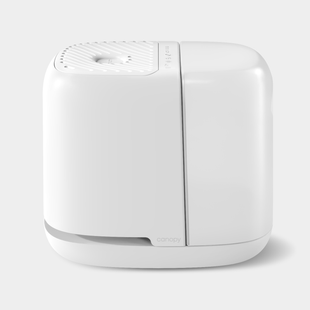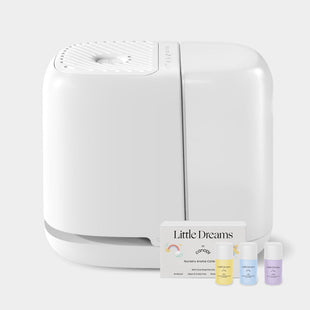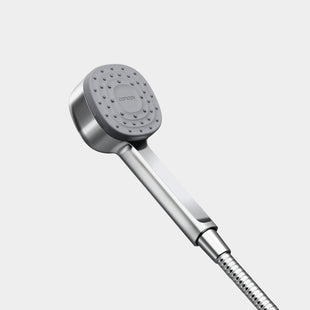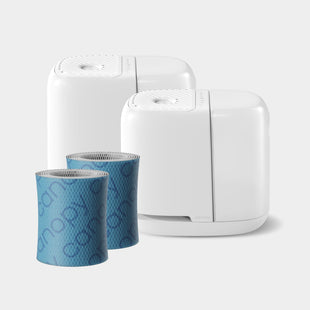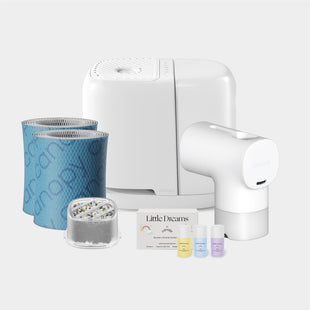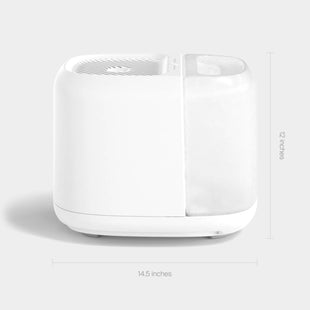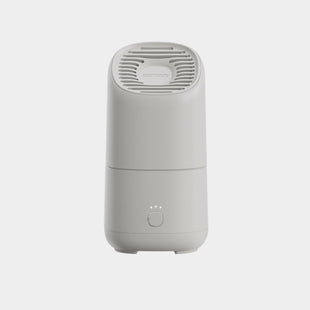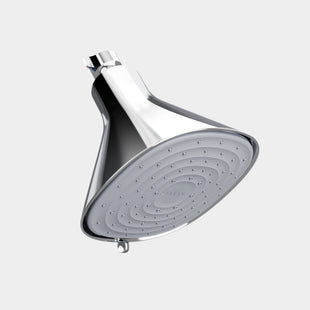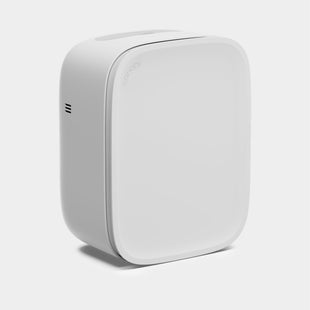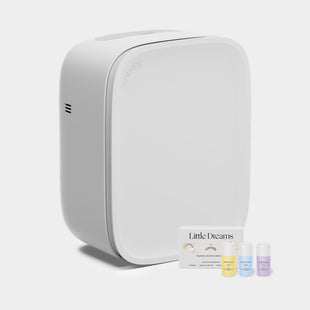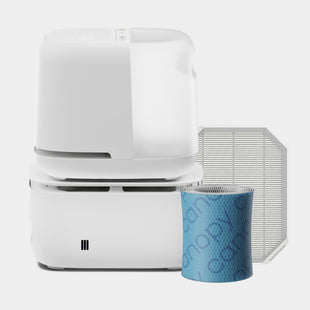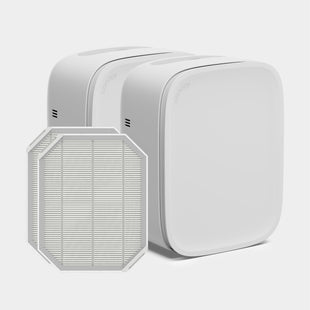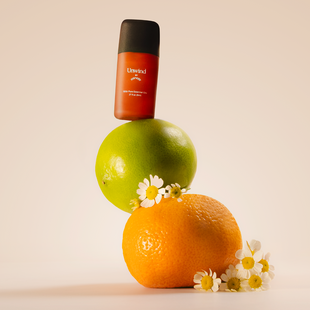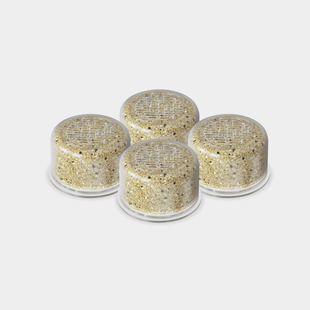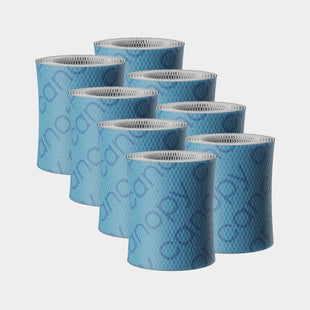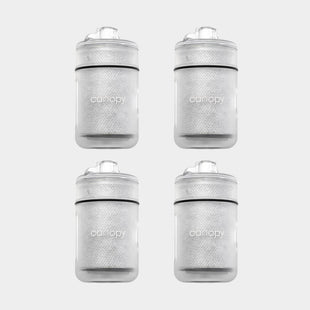This content has been reviewed and updated on June 6, 2023.
Whether you’re new to essential oils or are a longtime user with a new baby, you may wonder, “Are essential oils safe for babies?” As with anything related to babies and young children, exercising caution is key. Babies breathe through their noses exclusively for the first several months of life, so it’s important for their environment to be as simple and soothing as possible. As their senses develop, incorporating light fragrances can help with mood, restfulness, and some respiratory symptoms.
Below, we delve into the best practices of using essential oils, including which ones to use and avoid around your little ones.
The Do’s and Don’ts of Essential Oils for Babies
Are essential oils safe for babies? Yes, if used properly and carefully. Follow these simple dos and don’ts to make aromatherapy part of your nursery environment.
Do:
- Purchase high quality essential oils from a trusted source. Always check product and ingredient labels to ensure the essential oils you purchase are pure.
- Use baby-safe oils exclusively. Many essential oils are considered safe for diffusing in environments with young children, but research ingredients and read labels closely to ensure all contents are baby-friendly.
- Store essential oils in a secure location, out of reach of young children. Keep them in a cool, dry place out of direct sunlight.
Don’t:
- Diffuse essential oils in the presence of infants under 3 months of age. The American Association of Naturopathic Physicians do not advise use of essential oils with children under the age of 3 months.
- Allow your infant or child to ingest essential oils. Essential oils are toxic to infants and small children when ingested.
- Use essential oils near a heat source. Essential oils are highly flammable. Using essential oils near a heat source can cause a fire and, subsequently, burn you or your child.
- Add essential oils directly into your child’s bath. Essential oils and water do not mix. Adding essential oils directly into your child’s bath may cause the essential oils to stick to and burn their skin.
Canopy’s essential oil blends are intended for diffuser use only and should always be stored in a cool, dry, secure place.
What Essential Oils Are Safe for Babies?

Some essential oils are safe for use with your infant or small child while other essential oils could pose certain risks and should therefore be avoided. The following essential oils are commonly used with infants and small children because of their wonderful therapeutic properties.
Lavender
Lavender essential oil is a commonly used essential oil in personal care products catered to infants and small children. Known for its soothing and calming effects, lavender essential oil promotes relaxation and encourages sleep.
A 2022 study published in the International Journal of Preventive Medicine found lavender essential oil helpful in soothing babies with colic. Diffusing lavender essential oil could therefore help to create a relaxing and soothing atmosphere in your little one’s sleep environment. We use lavender in several of our aroma blends:
- Lull, part of the Little Dreams nursery kit
- Lavender Dream from the Laneige x Canopy collaboration
- Botanica from the Prose x Canopy collaboration
- Dusk, part of the Canopy x Open Spaces kit
Rose Water
In the same vein, rose water essential oil is known to calm the mind and promote relaxation throughout the body. This earthy, floral scent is also associated with positive sentiments of emotional security and resilience. Like lavender, rose water could be used at bedtime to promote a restful night of sleep. You’ll find this oil in Spa Water, which is also part of our Laneige x Canopy kit, and Freshwater Rose from the Sanctuary by Canopy kit.
Chamomile
German chamomile and Roman chamomile are essential oils commonly used to calm infants and encourage sleep. Like lavender, chamomile has been shown to improve symptoms of insomnia and encourage relaxation. This botanical oil is found in Salt Cave, part of the Rituals by Canopy aroma kit.
Vanilla
A sweet, soothing scent, vanilla is believed to hold therapeutic properties. Animal trials have shown promising results in addressing skin inflammation, and the oil has been shown to reduce oxidative stress. Animal research has also yielded results showing that vanilla can help improve mood, which can be beneficial to both new parents and babies after a fussy spell or an especially long night.

Make this scent part of your routine with Lull, a lavender-vanilla blend in the Little Dreams aroma kit. Dusk, found in the Canopy x Open Spaces kit, is another lavender-vanilla blend designed for relaxation.
Sweet Orange
Citrus scents have long been associated with mood-boosting properties. The oil helped regulate brain function in animal trials and reduced symptoms of stress in a children’s clinical trial. Diffusing sweet orange is a great way to add a pleasant, uplifting scent to your home or your baby’s nursery with Rise from the Little Dreams aroma kit. Spring Jasmine, one of the blends in the new Bloom by Canopy aroma kit, also includes orange oil. You’ll also find this sweet fragrance in Orange Neroli, part of the Canopy x Curie kit.
Eucalyptus
Eucalyptus is widely used in aromatherapy because it supports respiratory wellness and can have a calming effect. The oil is considered a natural decongestant and is also known for its anti-inflammatory and antiseptic properties—in short, it’s perfect for soothing stuffy little noses and chests and encouraging more restful naps. Find it in Greenhouse, one of the blends in the Canopy x The Sill kit, and Botanica in the Prose x Canopy kit.
Are Any Essential Oils Unsafe for Babies?
While many essential oils are deemed safe for children when used in diffusers, there are a handful that should be used carefully and sparingly in a home with infants and toddlers because their respiratory systems are less developed. These include:
- Basil
- Bay
- Birch
- Camphor
- Cardamom
- Cinnamon
- Citronella
- Clove
- Fennel
- Idaho Tansy
- Lemongrass
- Oregano
- Peppermint
- Rosemary
- Sage
- Tagetes
- Thyme
- Wintergreen
This list is not exhaustive, so consult the product packaging and your pediatrician if you have questions about an oil’s safety when used in a diffuser.
We created the Canopy Little Dreams aroma kit specifically for babies’ needs. With notes of sweet orange, eucalyptus, and lavender, these all-natural oils are energizing in the morning and soothing at night. They are designed for use with the Canopy nursery humidifier and diffuser and are free of any synthetic fragrances. Enjoy the Little Dreams kit or any of our other appealing fragrances in your favorite sitting area or throughout the house with the Humidifier Plus.

